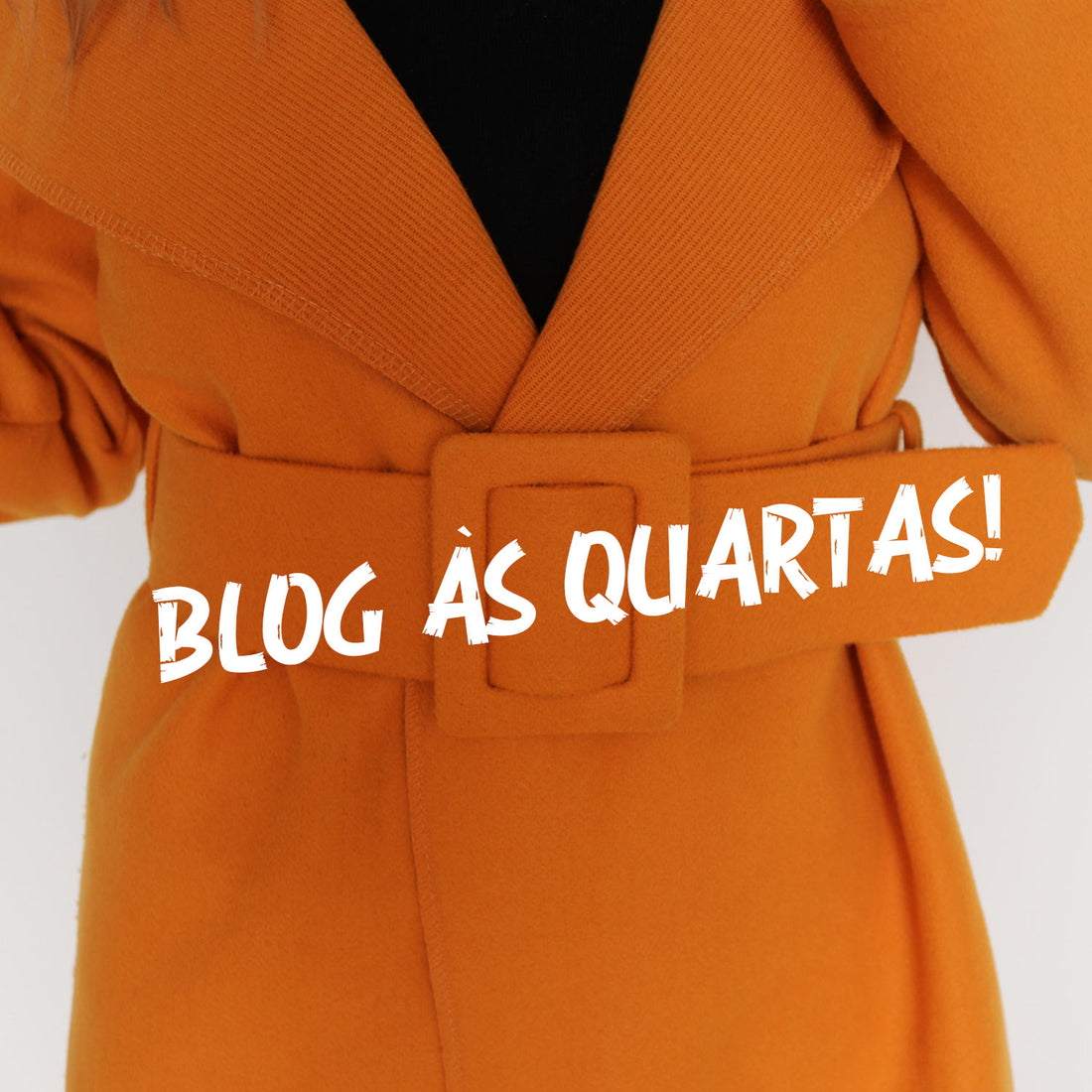Here I am, on an esplanade, wandering my gaze over the landscape and who crosses it. A new couple appears, towards the seaside, already colored by the spring of this year, with very warm and bold colors: he, sheltered from the breeze, by a red jacket, she with a canary yellow sport coat. It then made me think of the junction of these two colors, as if the junction of their lives was about: red and yellow, lead us to orange. The beautiful orange of this evening, of a clear sunset!
An orange that extends over the sea water, over the sand where adults, children and dogs enjoy playing and running, freed from the limited spaces in which everyone lives today. They look like painting canvases, in which the orange stands out and makes the other colors become more intense. It reminds me of Claude Monet's painting, called “Impression – sunrise“ in which the orange sun painted in a blue misty landscape, made the colors (blue and orange) brighter, representing the effects of light in the environment, as well as , the artist's personal impression of what he saw.
It was this work of his that led to the movement called Impressionism, in the 19th century. XIX, in which the color orange became an important color in Impressionism, despite not being primary or pure. This importance remained in post-impressionism, until the 20th century and even in modernism. In Impressionism, we can observe it in Renoir's paintings, in the painting of boats; Cézanne, who created shades of orange, playing with ochre, red and yellow; Toulouse-Lautrec for whom orange was associated with light and parties, repeatedly appearing on the skirts of Parisian dancers in nightclubs.
In post-impressionism, Van Gogh made his self-portrait with orange hair and considered orange and yellow the true light of the French region of Provence. He also considered that orange did not exist without blue, that is, the effect of the color orange reached its maximum when surrounded by blue, these colors constituting opposites. Guaguin used orange for clothes and skin color.
Orange: one of the colors loved or hated! So let's unravel it!
Let's start by remembering where we see it in nature. It is the most visible color in nature and, in different situations, influenced by cultural issues, we call it red or yellow. Orange is a secondary color, closely linked to food. It is visible in spices such as saffron, fruits, vegetables, flowers; fish and shellfish, for example and in each group: oranges, tangerines, persimmons, loquats, papaya; pumpkins, carrots, berries, sweet potatoes; gerberas, tulips, chorinas, marigolds, roses, dahlias; salmon; lobster, shrimp.
It is therefore a color that stimulates our appetite, as we easily associate it with different and tasty foods. Therefore, indicated to be considered in the decoration of kitchens and dining rooms, being also a warm, cozy color and a color of interrelational communication. All the necessary ingredients for a good snack time, as food, as we well know, is also a social habit. Who doesn't like to get together in a kitchen, taste, eat and talk?
We can use orange in the decoration of spaces, illuminating them and giving them energy, and when combined with yellow, it definitely wards off bad energy, making our creativity work in a constructive and confident way.
Orange is still, par excellence, the color of long landscapes, in autumn, when trees and bushes are dressed in various shades of orange, passing through reds and yellows, whose combination takes us to a time of rest after energy and the long days of summer.
What does this strong, warm, cheerful color tell us, which in some leads to feelings of comfort and which others reject?
I can start by telling you that when I was studying, already attending the higher education course on which my choice fell, being at the time, a course that had become independent of another classic and in that sense, new, the color that represented it had to be defined, as is the practice. So, the first choice fell on white (which we will talk about one of these days), but as it was already assigned to Theology, the color orange was selected! It was not a consensual color. It was imposed on us! But later we came to understand its attribution. Can you guess which course I'm referring to? I leave this little challenge.
Orange encompasses 45 shades ranging from saffron yellow, through salmon, to brick orange, emanates physical and mental energy, which leads, however, to different feelings, depending on the time of day. On a sunny day, the orange midday light overflows with constructive energy, with strength! Sunset transports us through emotions that can take us from tranquility to nostalgia.
Orange brings joy, friendship, sociability, humour, security, enthusiasm and ambition. As well as feelings of desire, appetite, activity. With all this light, energy, intensity, orange is a good color to combat depressive states and free us from feelings that lead us to personal insecurities, which each one of us always carries in his story with greater or lesser weight. Orange takes us into situations close to emotional unrest, directing our energies in a positive way. It is also a color that combines very well with bronze tones, such as tanned skin in the summer and which, combined with blue, has a repairing effect.
The color orange was called “red-yellow” in antiquity. Only after the fruit, orange, arrived in Europe, brought by the Crusades, initially to France, where it was cultivated, being originally from India and after also arriving in Arabia, is that, by comparison with its color, the name orange was born, as its own color.
Orange was one of the symbolic colors of Hinduism and Buddhism, symbolizing light and perfection at its highest level. It was also used by the nobles, from saffron yellow to brick orange, being an expensive pigment, as saffron was a valuable spice, used in the dyeing of fabrics, to give it these shades.
This color has also become an alert or survival color, for example, in life jackets, boats and buoys, as it is easy to see for planes and helicopters in rescue missions. It is also used in equipment for workers in places where they are exposed to various hazards, such as on roads. It is still used in some countries, in the uniforms of prisoners in prisons. It is also the color of car turn signals and as we all know, it is one of the colors of traffic lights.
Orange is more appreciated in conjunction with more yellow skin. In Europe, only in Ireland and the Netherlands is its use more common, given the existence of a high number of redheads (“the little oranges”). It is also considered the color of those who want to attract attention, frivolous or original.
The orange hue on the skin, through make-up, was created by Valentino Garavani, who came back as a fashion a little over a decade ago, but which, too much, becomes artificial. Orange has to do with healthy skin: neither yellowish (sick) nor red (burned and sensitive).
It's the month of May and as Maria Pia already told you, it's the month of brides! When talking about orange and the tree that gives us the fruit that gave rise to the name of the color, the orange tree, we cannot fail to remember its white and fragrant flower, classically attributed to brides, both in India and in China. In India, adornments were placed in the hair symbolizing their purity, fidelity and eternal love, and in China, they carried bouquets and both also symbolized the fertility of marriage. This tradition comes from Arabia, having been brought to Europe in the Middle Ages.
Tell me when you remember wearing orange? Is it a color in your wardrobe?
On the way to Summer, this Spring, use, but don't abuse, Orange! Conjugate it well, becoming creative and thus becoming healthily intense!
By, Matilde Proenca.


1 comment
Acabei de acordar e encontrei o texto no meu mail.
Gostei dos anteriores da Matilde Proença mas este superou tudo.
O texto está fantástico, muito inspirador e fez-me acordar com paz e com um pouco de romantismo.
Fíico à espera de mais Matilde Proença. Parabéns